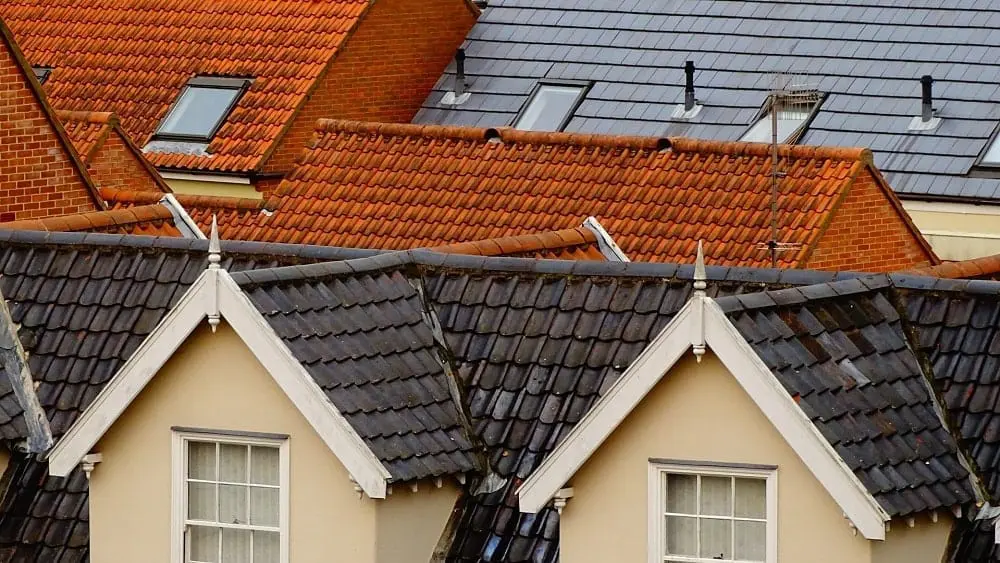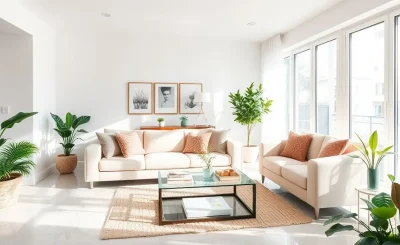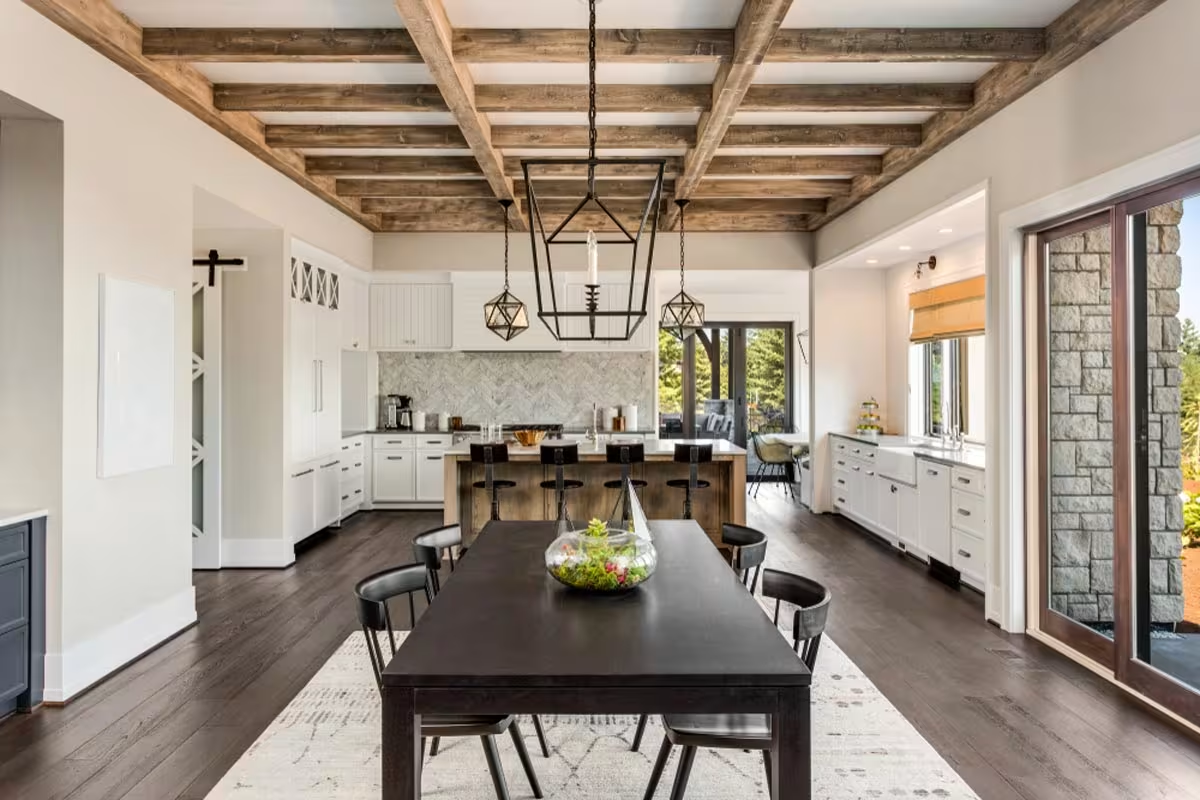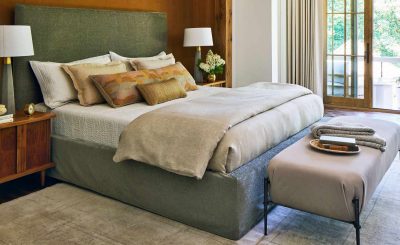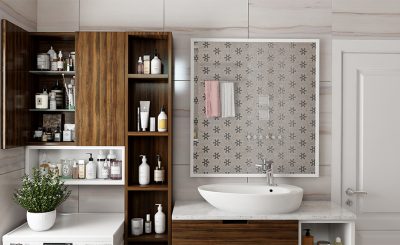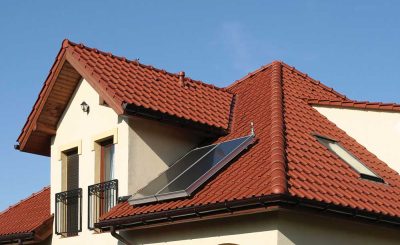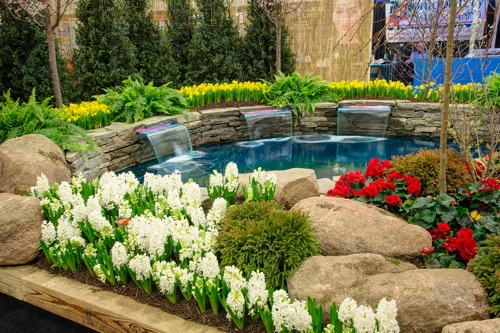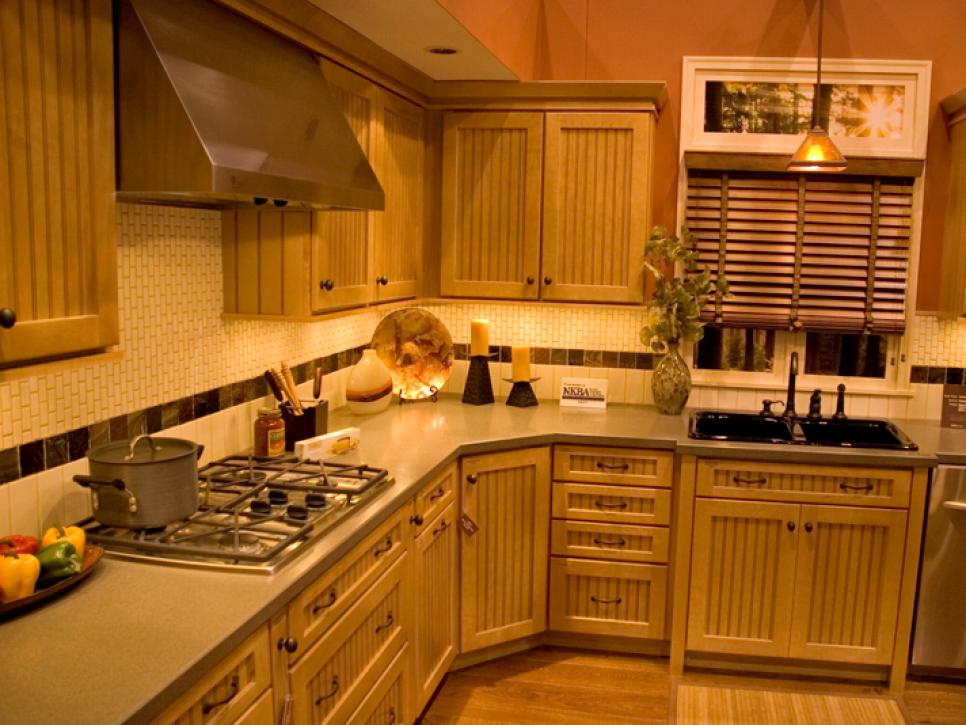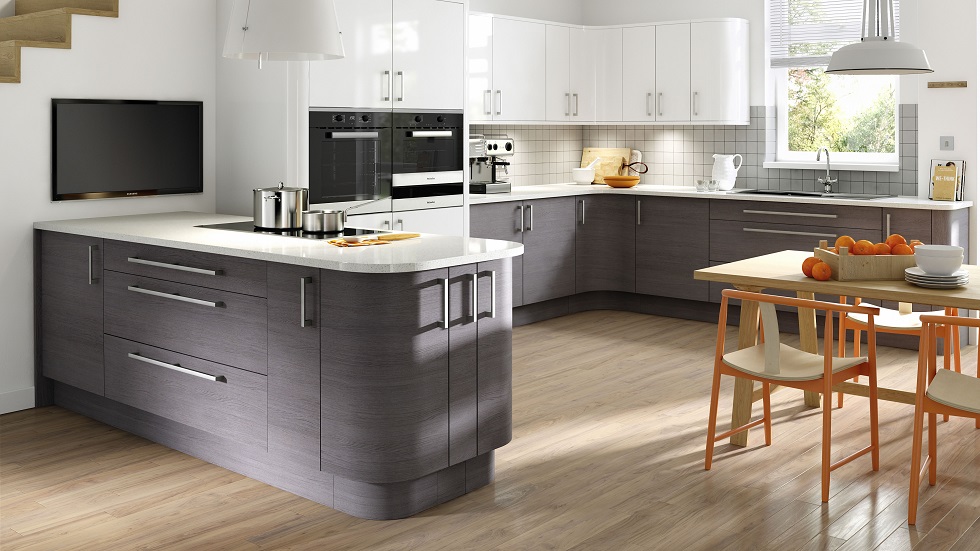Roofs play an integral part in creating an aesthetic appeal and energy efficiency and durability of buildings.
Here are a few ideas to help you choose the perfect roof design. We will cover some of the more popular styles and their associated advantages.
Boxed Gable Roof
Gable roofs are one of the most widely utilized designs in the US. Thanks to its steeply sloped design, gable roofs provide ample attic storage space while improving ventilation throughout your home. Furthermore, vaulted ceilings can add extra interior space.
Gable roofs are simple to frame and construct, which significantly cuts construction costs and time. Their sloped design provides reliable water drainage that prevents leaks while prolonging roof life span.
Gable roofs are susceptible to wind damage due to their shape at the top. Strong winds can exert tremendous amounts of force against them and cause it to deform and peel away over time, necessitating more frequent repairs and maintenance costs in hurricane-prone regions. You should therefore consider alternative designs like cross gable roofs which combine two perpendicular gable sections into an intricate design.
Cross Gable Roof
Cross-gable roof designs feature two intersecting gable sections connected by rooflines that intersect. Common among larger residential houses needing additional structure and depth, this roof design often features its ridge running across two sections of the house to create attic space.
A flat roof is simple to build and offers an appealing appearance for your home, yet may be vulnerable to wind damage in areas subjected to frequent storms or hurricanes.
This type of roof comprises two opposite side parts that slope away from the ridge point in different directions and are joined together with an L-shaped wall section. A triangular section runs along their exterior walls while also running parallel with their peak; on which the typical rafters will be secured.
M-Shaped Roof
M-shaped roofs are, as their name implies, two gable roofs joined together into an “M.” These designs can often be found on townhomes or multi-family type properties and offer several advantages, including easily shed water-retention capacity while improving ventilation while fitting into most home designs.
Pyramid roofs resemble hip roofs without gables and can be found on smaller cabins, bungalows or outbuildings such as sheds. Their design makes them highly wind resistant making them an excellent choice in areas prone to hurricanes or heavy winds.
The butterfly roof (sometimes known as an inverted hipped roof ) resembles butterfly wings with two tandem pieces of roofing angled upward. It makes an eye-catching and modern looking roof that easily captures rainwater as its central valley makes managing any rainfall manageable.
Open Gable Roof
The open gable roof design is one of the most iconic on the market and popular with homeowners looking to transform their attics into extra bedrooms or home offices. It allows homeowners to add sloped ceilings that make spaces more aesthetically pleasing, though improper design could result in unintentional cave-like environments where people might hit their heads on walls slanted downward.
Gable roofs are also popular throughout New England and Canada’s east coast, making them familiar sights to fans of Nathaniel Hawthorne’s “House of Seven Gables” and Lucy Maud Montgomery’s “Anne of Green Gables.” Gables feature steeply pitched slopes which help direct water, snow, and debris off your roof quickly – keeping it looking nice while prolonging its longevity by decreasing exposure time for damage-causing elements such as mold or pests.


